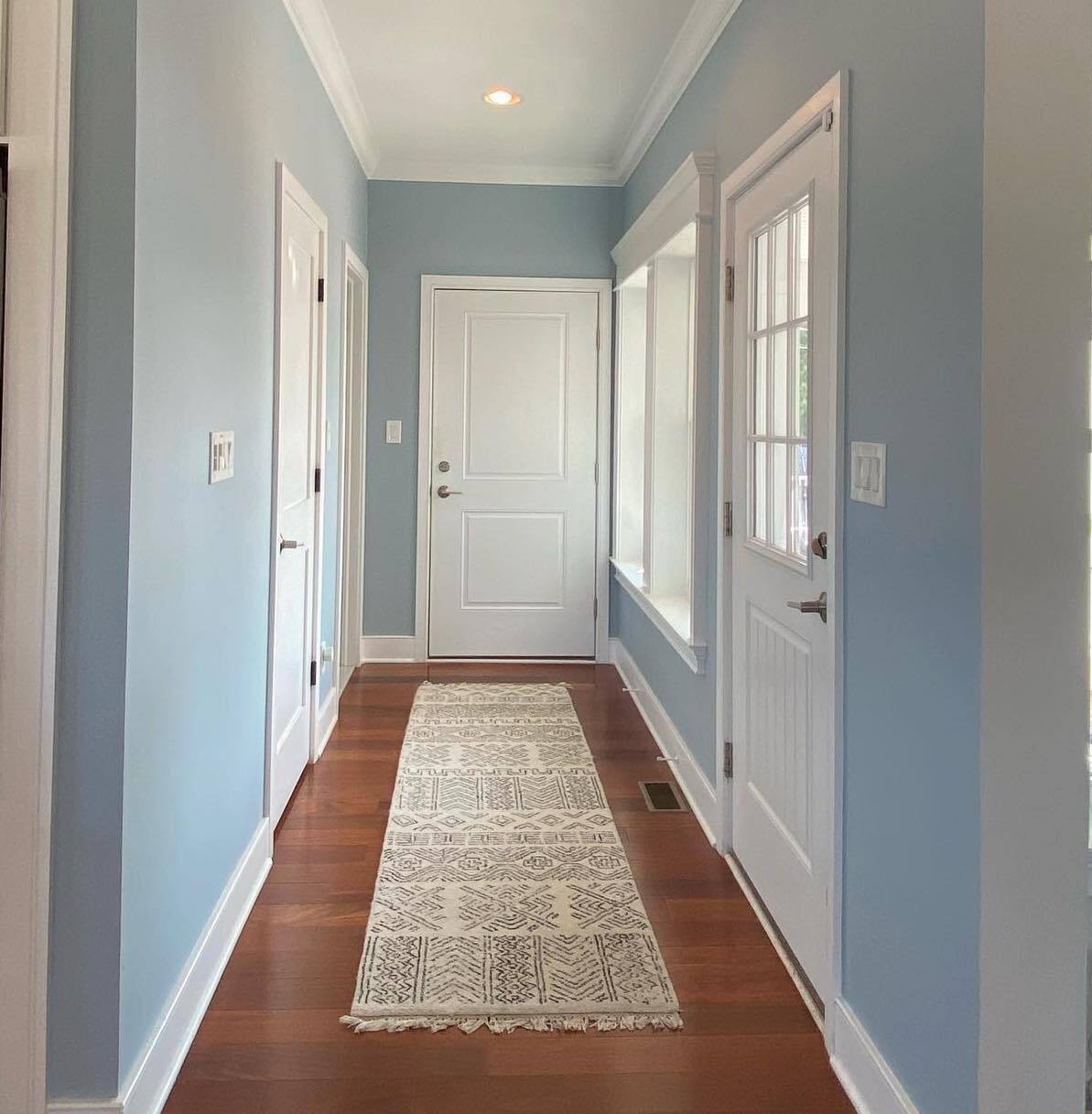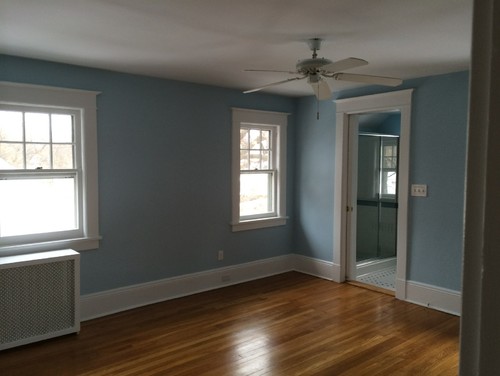Get Professional Lakewood Interior Painting for a Seamless, Beautiful Finish
Get Professional Lakewood Interior Painting for a Seamless, Beautiful Finish
Blog Article
Enhance Your Inside Style With Comprehensive Color Examination
The combination of shade examination into interior decoration offers an one-of-a-kind opportunity to refine and raise the visual and psychological resonance of a room. By involving with a seasoned shade professional, you can navigate the intricacies of color option, making certain that your selections not just complement architectural functions but likewise reverberate with individual design and psychological influence. This tactical collaboration can considerably influence the total ambience of your setting, fostering a feeling of harmony and function. However, comprehending the subtleties of this process is important-- what essential aspects should be thought about to accomplish optimum results?
Benefits of Shade Consultation

Furthermore, color consultation help in taking full advantage of all-natural light and maximizing spatial assumption. Lighter shades can make an area show up more expansive, while darker tones develop an intimate setting. Cleveland Metro Painting Specialists. This tactical application of color can substantially influence the total atmosphere of any indoor space
Furthermore, expert experts have a comprehensive understanding of ageless classics and present fads, ensuring that the picked shades will remain enticing in time. This insight can save customers from pricey redesigns in the future. Lastly, color consultation empowers customers by providing them with a clear vision and direction, fostering self-confidence in their design options and eventually resulting in an extra satisfying and effective indoor layout outcome.
Recognizing Shade Psychology
The relevance of color psychology in interior decoration can not be overstated, as it looks into the emotional and emotional impacts that various tones can evoke in individuals. Shades can influence mood, habits, and even performance, making them an essential factor to consider in any type of design project.
As an example, cozy shades such as red, orange, and yellow are typically linked with power and heat. They can boost feelings of enjoyment and convenience, making them appropriate for social spaces like living areas or cooking areas. Alternatively, awesome shades like blue, green, and purple have a tendency to evoke calmness and harmony, making them excellent for rooms or meditation locations.
Additionally, making use of neutral tones can develop a well balanced setting by enabling the bolder shades to stand apart without overwhelming the detects. Recognizing these psychological impacts allows developers to produce areas that not just look aesthetically pleasing however also promote emotional well-being.
Integrating color psychology right into interior layout entails a thoughtful selection of hues tailored to the designated feature of each space, inevitably enhancing the total experience for its passengers. This recognition is vital for attaining a harmonious and functional interior environment.
The Shade Wheel Clarified
It comprises key shades-- red, blue, and yellow-- that can not be created by mixing other colors. Tertiary colors result from blending a main and a secondary shade, leading to colors such as red-orange and turquoise.
The color wheel aids designers grasp the partnerships between shades, consisting of complementary, analogous, and triadic systems. Complementary colors, located opposite each various other on the wheel, produce dynamic contrasts that can invigorate an area. Similar shades, situated next off to one an additional, supply a cohesive and harmonious look. Triadic systems use three evenly spaced shades, providing balance and aesthetic rate of interest.
Using the color wheel in interior decoration not only enhances aesthetic charm yet likewise stimulates certain feelings and atmospheres, making it a critical reference for shade assessment. Comprehending these partnerships inevitably empowers designers to develop rooms that are both useful and visually fascinating.
Choosing the Right Scheme
A well-chosen color system can link an area, boost its useful source features, and evoke wanted feelings. Different areas serve different functions and call for schemes that mirror their desired use; for circumstances, tranquil shades such as soft blues or eco-friendlies work well in bedrooms, promoting leisure.
Light can considerably modify exactly how shades appear, so it is necessary to evaluate the room at various times of the day. A harmonious palette must enhance these functions, producing a cohesive look throughout the area.
When selecting shades, utilize the 60-30-10 rule, which suggests that 60% of the area need to be a leading shade, 30% a second color, and 10% special info an accent color. This proportion makes certain equilibrium and visual rate of interest (Cleveland Metro Painting Specialists). Example shades on the walls before devoting, as this permits you to see just how the shades communicate with one an additional and the general setting they create in your interior style job.
Collaborating With a Color Specialist

When collaborating with a color consultant, the process generally begins with a preliminary assessment. During this conference, you'll discuss your vision, preferences, and the existing elements in your room. The professional will evaluate your needs and might recommend certain color palettes that straighten with your objectives.
After developing an instructions, the expert will certainly supply examples and aesthetic aids to assist you imagine the proposed color pattern. This action is critical, as colors can show up differently under differing illumination problems.
Furthermore, a color expert can lead you in selecting complementary furnishings, art work, and devices to balance with your picked scheme. By teaming up very closely, you can accomplish a refined aesthetic that boosts your interiors and creates a welcoming ambience. Ultimately, the knowledge of a shade professional can substantially improve the general effect of your layout project.
Conclusion
In summary, thorough color examination works as a vital device for improving indoor style. By leveraging professional expertise of shade psychology and spatial dynamics, a tailored color palette can be established to evoke particular feelings and develop an unified environment. This critical method not just fosters a natural style narrative however additionally minimizes the threat of pricey redesigns. Ultimately, involving with a shade professional guarantees an educated and cosmetically pleasing outcome, raising the general experience of the area.
By involving with a seasoned shade professional, you can browse the complexities of color option, making certain that your options not just enhance building features however also resonate with individual design and mental impact. It comprises key colors-- red, blue, and yellow-- that can not be developed by blending various other colors.The shade wheel assists designers realize the relationships between shades, consisting of complementary, similar, and triadic plans.When choosing colors, use the 60-30-10 regulation, which suggests that 60% of the area should be a dominant color, 30% a secondary color, and 10% an accent shade. By leveraging expert expertise of shade psychology and spatial characteristics, a customized shade combination can be developed a knockout post to evoke details feelings and develop a harmonious setting.
Report this page